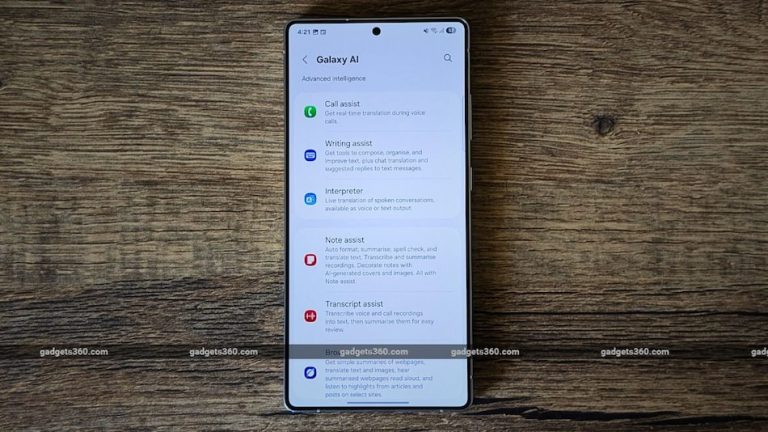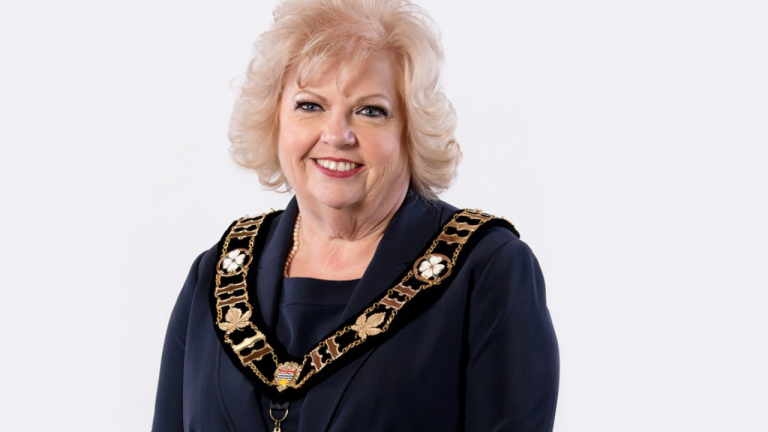
The future of smart homes is not just a distant dream but an imminent reality, driven by rapid advancements in technology. From seamless device connectivity to AI-powered personal assistants, the innovations in smart home technology are set to transform our living spaces into intelligent, responsive environments. This article explores the cutting-edge technologies that will shape the future of smart homes, offering a glimpse into the possibilities that lie ahead.
Key Takeaways
- Enhanced integration capabilities will enable seamless device connectivity, unified home management systems, and cross-platform compatibility.
- Artificial intelligence will play a crucial role in smart homes, offering AI-powered personal assistants, predictive maintenance, energy efficiency, and enhanced security measures.
- Touchless technology, including gesture-controlled interfaces, voice-activated systems, and contactless payment solutions, will revolutionize the way we interact with our home environments.
Enhanced Integration Capabilities

Seamless Device Connectivity
The future of smart homes lies in seamless device connectivity. Imagine a home where your thermostat, lights, and security system all communicate effortlessly. This interconnected environment ensures that your devices work in harmony, providing a more efficient and enjoyable living experience.
Unified Home Management Systems
Unified home management systems are revolutionizing how we control our smart homes. These systems allow you to manage all your smart devices from a single platform, simplifying the user experience. Whether it’s adjusting the temperature or monitoring security cameras, everything is at your fingertips.
Cross-Platform Compatibility
Cross-platform compatibility is essential for a truly integrated smart home. It ensures that devices from different manufacturers can work together seamlessly. This compatibility not only enhances functionality but also provides more options for consumers, making it easier to customize their smart home setup.
The integration of various smart devices into a cohesive system transforms the way we interact with our living spaces, making our homes more intuitive and responsive to our needs.
Artificial Intelligence in Smart Homes
AI-Powered Personal Assistants
Elevate your smart home with artificial intelligence. AI-powered personal assistants can learn your routines and adjust various aspects of your home to fit your lifestyle. From setting reminders to controlling smart devices, these assistants are becoming indispensable.
Predictive Maintenance and Energy Efficiency
AI can predict when appliances need maintenance, preventing costly repairs. It also optimizes energy usage, ensuring your home is both eco-friendly and cost-effective.
Enhanced Security Measures
AI enhances home security by recognizing faces and detecting unusual activities. This ensures that your home is always protected, giving you peace of mind.
The smart home revolution promises an automated and interconnected future, where every device and system in our home works in harmony to anticipate our needs and enrich our daily lives.
Touchless Technology Revolution
Gesture-Controlled Interfaces
Touchless technology is set to redefine the smart home landscape. Modern gesture recognition systems allow users to control devices with simple movements, such as swiping a foot to open a car trunk or shaking a wrist to wake up a smartwatch. This innovation minimizes the need for direct contact, enhancing user convenience and hygiene.
Voice-Activated Systems
Voice-activated systems are becoming increasingly sophisticated, enabling seamless interaction with smart home devices. Users can control lighting, temperature, and even security systems through simple voice commands, making daily tasks more efficient and hands-free.
Contactless Payment Solutions
Contactless payment solutions are revolutionizing the way we handle transactions at home. With a simple wave or tap, users can make secure payments without the need for physical cards or cash. This technology not only speeds up transactions but also adds an extra layer of security to financial activities.
As touchless technology continues to evolve, it will unlock new levels of convenience and efficiency in our daily lives.
Customization and Personalization
Tailored User Experiences
Smart homes are evolving to offer high levels of customization. Users can now tailor their environments to fit their unique preferences, from lighting and temperature to entertainment systems. This level of control ensures that you only pay for what you need, avoiding unnecessary features.
Adaptive Home Environments
Imagine a home that adjusts itself based on your daily routines. With adaptive home environments, your smart home can learn your habits and automatically adjust settings like lighting, heating, and even music to create the perfect atmosphere. This not only enhances comfort but also improves energy efficiency.
Customization is becoming increasingly important as more people welcome smart home automation into their lives. These advancements are transforming the way we live.
Customizable Smart Devices
From smart speakers to security systems, the range of customizable smart devices is expanding. You can now choose devices that not only meet your functional needs but also match your aesthetic preferences. This ensures that your smart home is both functional and stylish.
Conclusion
The future of smart homes is a fusion of innovation and practicality, where technology and architecture work in unison to create environments that are not just buildings, but intelligent, responsive homes that enhance every aspect of our daily lives. As technology continues to evolve, so too will the capabilities of our homes, offering unparalleled levels of comfort, efficiency, and security. The smart home revolution promises an automated and interconnected future, where every device and system in our home works in harmony to anticipate our needs, enrich our daily lives, and amplify the impact our actions have on the world around us. Embracing these advancements will not only transform our living spaces but also the way we interact with our environment, making our homes true partners in our day-to-day lives.
Frequently Asked Questions
What are the benefits of enhanced integration capabilities in smart homes?
Enhanced integration capabilities in smart homes allow for seamless device connectivity, unified home management systems, and cross-platform compatibility, making it easier to control and automate various aspects of your home from a single interface.
How does artificial intelligence improve smart home functionality?
Artificial intelligence enhances smart home functionality by powering personal assistants, enabling predictive maintenance and energy efficiency, and providing enhanced security measures. AI can learn from user behavior to offer a more personalized and efficient home environment.
What is touchless technology and how is it used in smart homes?
Touchless technology in smart homes includes gesture-controlled interfaces, voice-activated systems, and contactless payment solutions. These technologies allow users to interact with their home devices without physical contact, offering a more convenient and hygienic way to manage household tasks.







1 thought on “The Future of Smart Homes: Innovative Tech You Need to Know”
Comments are closed.